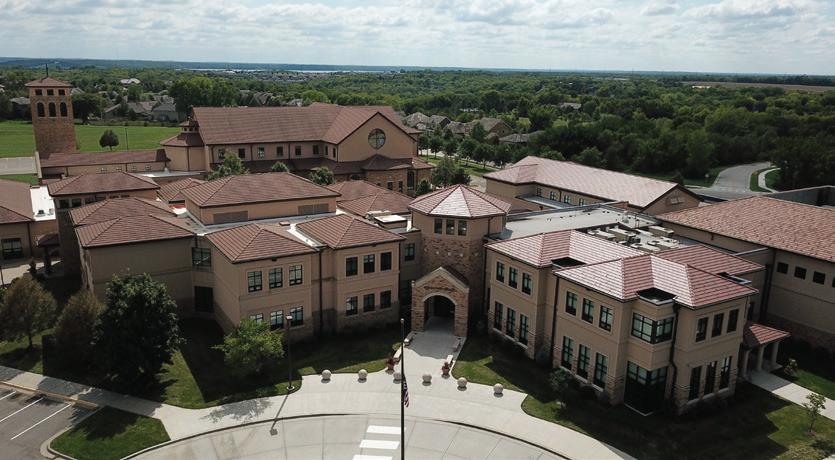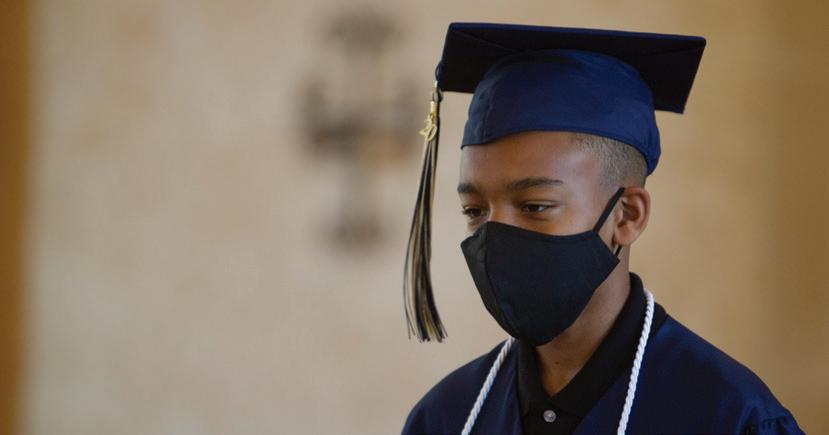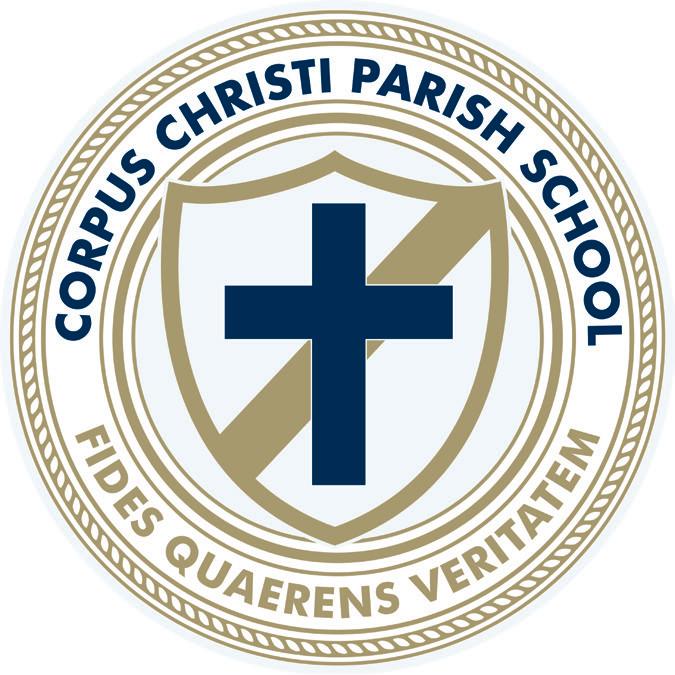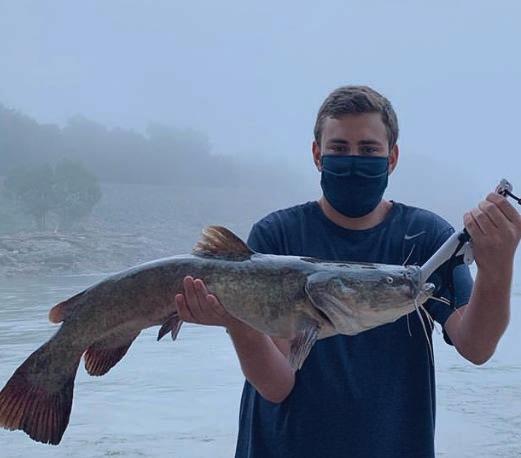
4 minute read
Help! My Child is Sick
We’ve all been there. Your child wakes you up at 3 a.m. “not feeling good.” You check their temperature and it’s 101 degrees. They are coughing with snot running out of their nose. In a normal year, you would treat them with some fever reducer, make sure they were not in distress, send them back to bed and call your pediatrician in the morning. Now, during this COVID pandemic, you lay awake worrying about what virus your child may have and consult Dr. Google. This only adds to your anxiety.
It is definitely a tough time on pediatric clinics as well. As symptoms are added to COVID-19 infections, trying to tease out the COVID from the non-COVID is a daunting task. Just because we are in the middle of a pandemic does not mean all the other normal respiratory viruses will not be joining the party.
Advertisement
Is it COVID-19 or the flu?
Both infections can cause little to no symptoms or very severe symptoms. Typical flu symptoms will start 1-4 days after exposure. COVID-19 symptoms may start anywhere between 2-14 days after exposure.
According to the Centers for Disease Control and Prevention (CDC), shared and unique symptoms may include:
• Fever/chills • Cough • Shortness of breath/difficulty breathing • Extreme tiredness/fatigue • Muscle/body aches (myalgias) • Headache • Runny nose/congestion • Vomiting/diarrhea
The symptom more likely signaling a COVID-19 infection is a loss of taste or smell.
Do I need to bother with a flu shot this year?
Fortunately, we have a good weapon to use against one of these major players. There is currently no vaccine available for COVID-19, but we can at least reduce our chances of a severe flu infection. According to the CDC, during last year’s flu season, 188 children under the age of 19 died from complications from influenza. Typically, about 80% of children who die from the flu are not vaccinated.
This year it is more important than ever to get your flu shot. Hopefully, we have a milder flu season since people are wearing masks and practicing social distancing. However, there is no reason to risk a coinfection of influenza and COVID-19. A double infection of these two heavyweights could have catastrophic effects on a child, a parent, or grandparent.
Help! My Child is Sick, What Should I Do?
Helpful hints from Dr. Sara Nelson and her crew at Lawrence Pediatrics
The flu shot can be given to otherwise healthy children and those with underlying medical conditions. In fact, the children most at risk for deadly flu infections are those with heart disease, lung disease, obesity, diabetes, sickle cell disease, and other chronic medical conditions. These children are very much at risk for significant morbidity/ mortality from either COVID-19 or flu.
Where and when should I get my child’s flu shot?
The best place to get it is at your pediatrician’s office and a good goal is to have it done by Halloween. This way they can see the rest of your child’s vaccination record and catch up any missed vaccines. There could not be an absolute worst time for a vaccine-preventable illness to rear its ugly head. If we had a measles outbreak during this COVID pandemic, the number of hospitalizations/ deaths would be catastrophic.
Another good reason to check in with your pediatrician’s office is to make sure your child is up to date on their checkups. Many checkups were canceled/postponed/ forgotten during the spring COVID shutdown. Parents need to visit with your child’s doctor every year about any concerns that have appeared, monitor their growth, and discuss development. Besides, we pediatricians love to see our patients!
Stay safe out there friends. Have a great season and remember to wear your mask, wash your hands, and practice social distancing! LK

With Christ as our teacher, the Corpus Christi Catholic Community will prepare students academically, socially, and spiritually to be lifelong learners in a faith-filled environment.






•Kansas Governor’s Achievement Award Recipient
Assessment Math & Reading Test Scores in the top 5% of schools in Kansas •Individualized Instruction & Project-Based Learning •Average Class Size of 17 / 10-1 Student-to-Teacher Ratio •Alumni Include: National Merit Scholars & Finalists,
Perfect ACT Scores, High School & College Valedictorians,
Strong Athletic Performers, National Honor Society Presidents
•Preschool through 8th Grade - Enrolling Now!









